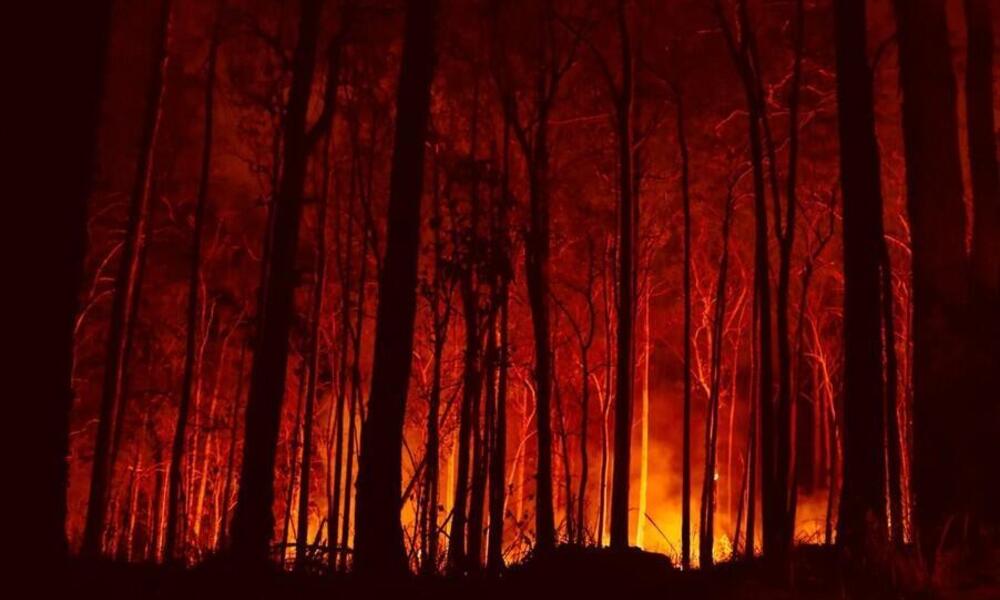Specialist Insights: Why Every Homeowner Needs a Detailed BAL Report
Wiki Article
Ensuring Shrub Fire Defense Through Correct BAL Record Evaluation
In the world of bush fire security, the meticulous evaluation of Bushfire Attack Degree (BAL) reports stands as a cornerstone for securing residential or commercial properties against the devastating impact of wildfires. With ecological elements and residential or commercial property characteristics playing considerable functions in determining the level of danger, a complete understanding of BAL ratings becomes necessary.
Understanding Bushfire Strike Level (BAL)
In the world of bushfire security, comprehending the Bushfire Strike Level (BAL) is vital for ensuring efficient reduction techniques. BAL is a system used to measure the possible threat a building may deal with from a bushfire. It thinks about variables such as the kind of greenery, the incline of the land, the Fire Risk Index, and the Fire Severity Index. Understanding the BAL rating of a building is vital for residential property policymakers, owners, and home builders to carry out ideal measures to guard against bushfire hazards.
Significance of BAL Record Evaluation
A crucial facet in bushfire defense planning includes the extensive evaluation of BAL reports to evaluate the prospective threats and identify suitable reduction methods. BAL records supply important information about the potential effect of bushfires on a home based on different elements such as plant life kind, distance to potential fire risks, and incline of the land. Evaluating these reports with precision is paramount in establishing reliable bushfire security steps tailored to the specific risk profile of a residential or commercial property.Applying Fire Protection Steps
Carrying out efficient fire defense procedures is critical for securing properties in bushfire-prone locations. Among the key means to improve fire protection is by developing defensible space around structures. This entails cleaning flammable plant life, such as completely dry fallen leaves and branches, within a specific radius of the residential or commercial property. Furthermore, installing fireproof roof covering materials can help in reducing the danger of coal igniting the roofing during a bushfire. Appropriately kept displays and gutters are additionally essential to prevent debris buildup that might sustain a fire.In addition, having a properly maintained and adequate supply of water, such as a tank or swimming pool, can help firemens in their initiatives to protect the home. It is very important to have a clear emptying plan in place and to make sure that all citizens recognize with the procedures. Furthermore, having firefighting devices easily offered, such as hoses and fire extinguishers, can help in dealing with tiny place fires before they rise. Generally, applying a mix of these fire protection actions can considerably enhance the possibilities of protecting buildings during bushfire events.
Mitigating Risks in Fire-Prone Locations
To strengthen homes versus bushfire threats, a tactical focus on mitigating dangers in fire-prone locations is vital. Mitigating risks in fire-prone locations involves a thorough method that encompasses numerous steps to lower the likelihood and effect of bushfires. One essential aspect of danger reduction is maintaining defensible area around buildings by removing combustible vegetation, guaranteeing adequate spacing in between trees and frameworks, and employing fire-resistant landscape design practices. In addition, carrying out ember-proofing procedures such as mounting steel mesh screens visit this website on home windows and covering roofing system dental caries can aid avoid cinder attacks and minimize the risk of area fires.Additionally, creating or retrofitting buildings with fireproof products and making sure proper upkeep of roofs, seamless gutters, and external cladding can dramatically enhance the property's resilience to bushfires. Exercising a bushfire and developing emergency plan with all owners, consisting of discharge treatments and interaction methods, is likewise crucial in mitigating risks efficiently. By embracing a positive approach to run the risk of reduction in fire-prone areas, homeowner can better secure their properties and improve general bushfire preparedness.
Ensuring Property Safety and Strength
Guaranteeing the safety and security and durability of properties in fire-prone areas calls for an unfaltering commitment to robust safety nets and calculated planning. Home safety and security starts with executing efficient steps to decrease fire dangers. This includes preserving a defensible space around the property by clearing flammable vegetation, making certain proper upkeep of rain gutters and roofings, and using fire-resistant structure products. Routine Look At This upkeep of firefighting equipment, such as pipes and lawn sprinkler systems, is additionally vital to property resilience.Strength, on the various other hand, entails the capability of a residential or commercial property to recuperate and endure from a bushfire. By proactively dealing with these aspects, residential or commercial property owners can much better protect their assets and enjoyed ones from the threat of bushfires.
Final Thought
Finally, ensuring bushfire defense via appropriate BAL record analysis is vital for understanding the level of threat positioned by bushfires and implementing required fire protection actions. By mitigating dangers in fire-prone locations and guaranteeing property safety and security and durability, individuals and communities can better get ready for and reply to bushfire events. It is important to prioritize fire security steps to protect lives and building in these high-risk settings.In the world of bush fire security, the careful analysis of Bushfire Strike Level (BAL) reports stands as a foundation for safeguarding homes versus the disastrous influence of wildfires (BAL Report). Understanding the BAL rating of a home is vital for home contractors, proprietors, and policymakers to execute appropriate measures to safeguard against bushfire hazards

BAL reports offer essential information about the possible influence of bushfires on a residential property based on various elements such as vegetation kind, distance to potential fire risks, and incline of the land (BAL Report). Generally, applying a combination of these fire defense actions can considerably increase the chances of securing properties during bushfire occasions
Report this wiki page